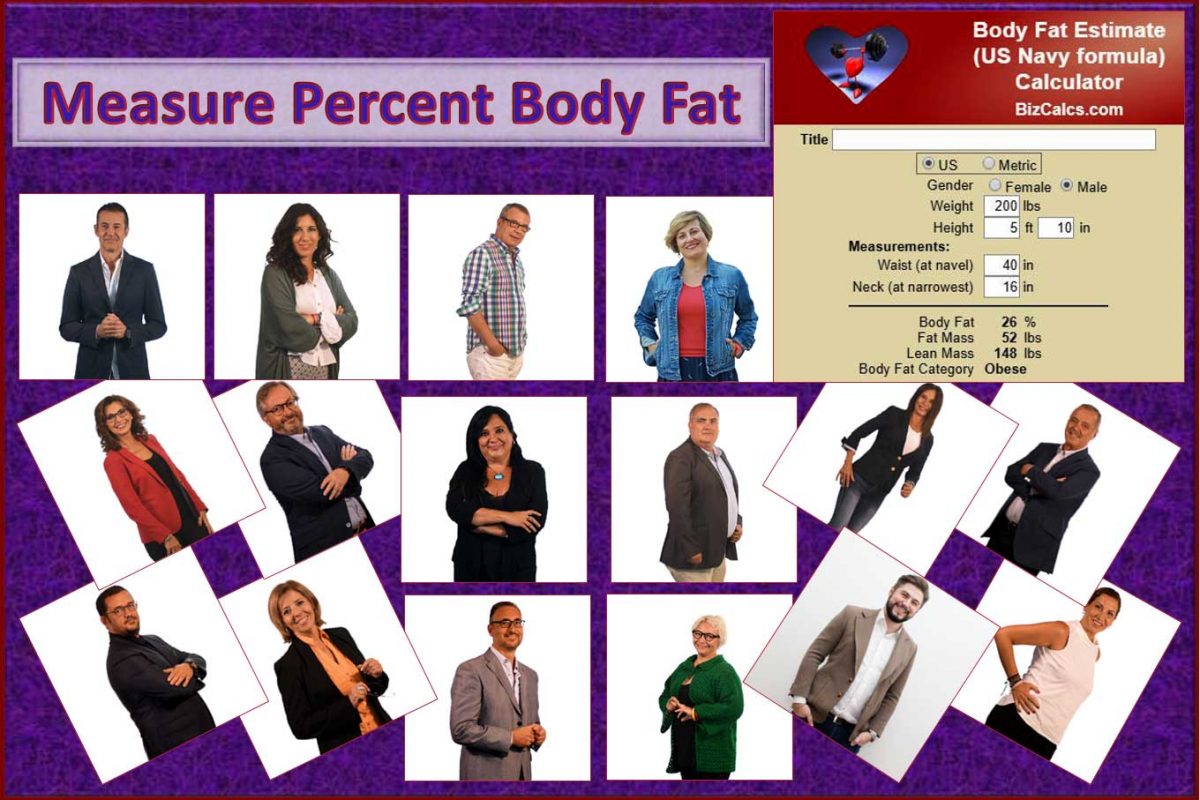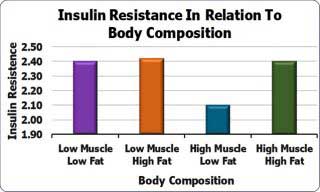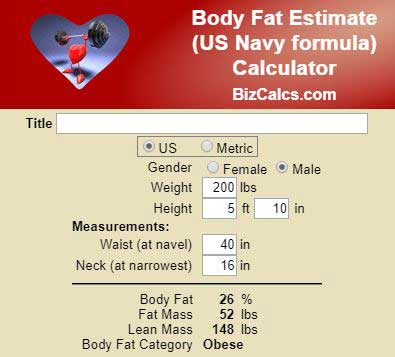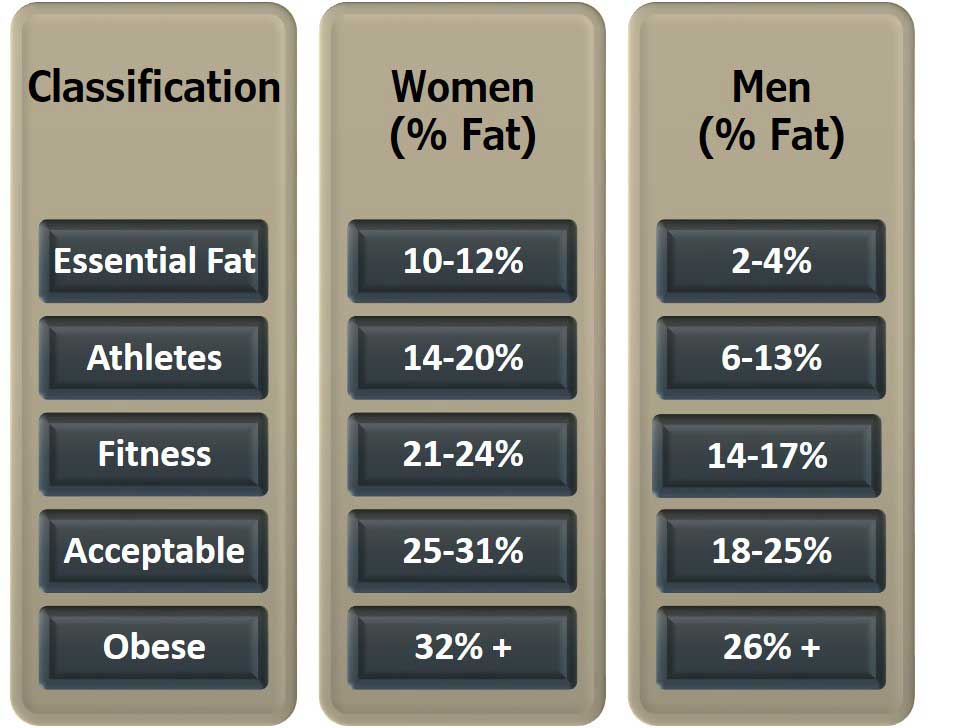Telehealth Reverse Diabetes And Decrease Body Fat Index | Free Trial In Texas

Subcutaneous Fat is our major fuel tank. Some sugar, fat and protein gets stored in muscle and liver. Most gets stored in subcutaneous fat.
When the tanks are full, they’re full. Excess sugar and fat stays in the blood. Until it gets stored in places it really shouldn’t be.
Some people have a larger tank than others. Those with small capacity can get into trouble early. Later in life, especially if skeletal muscle gets smaller, excess calories spill over and get more difficult to store. Overeating becomes more dangerous. Eventually everybody can get into trouble with excess calories.
To learn more about programs Herd Healthcare offers, our website is:
www.herdhealthcare.com
Fueling With Sugar And Fat
Like gasoline stored in the fuel tank of a car, energy from food is stored in muscle, liver and fat. During meals, sugar is transferred quickly into the circulation and some gets used right away. Also, the liver turns sugar and fat into fatty acids that are used for energy right away.
Some sugar gets stored as glycogen in liver and muscle. Most gets turned into fat and then stored in muscle, liver and fat tissue. When there is more sugar in the blood than is immediately used, insulin is released and starts the storage process.
Insulin helps transfer sugar into cells of skeletal muscle and fat. It stimulates the liver to convert sugar into fat. It also blocks the release of fat from fat tissue. When fat cells become stretched with fat globules, insulin promotes making new fat cells. Creating more fat cells expands the capacity for storage in fat tissue but it takes longer than filling existing cells. Also requires more insulin.
The potential size of subcutaneous fat storage is determined before birth and during early childhood. The process is called “adipogenesis.” Eventually, the cells in fat tissue no longer multiply when stimulated by sugar, fat, protein and insulin. How much adipogenesis is possible is partly inherited and partly developed. But it is strictly limited in those who develop insulin resistance and type 2 diabetes.
Body Fat Increase And Limitation In Extent
Increased body weight increases the likelihood of developing type 2 diabetes. At some extent of increase, the skeletal muscle, liver and subcutaneous fat tissue can no longer store excess calories. A continued high level of sugar in the blood after a meal stimulates the pancreas to secrete more and more insulin.
When insulin continues to rise, sugar and fat are forced into storage in the abdomen. Initially, increased secretion of insulin is successful in decreasing levels of sugar and fat in the blood. Not to original, normal levels but not enough to be called “Type 2 Diabetes.” A minor increase is labelled ”Prediabetes.” Otherwise, increased insulin level with normal levels of sugar is called “Metabolic Syndrome.” Any increase in the ratio of insulin to sugar is called “Insulin Resistance.”
 Increase in total body weight above healthy weight is the most common signal used to check for type 2 diabetes. Healthy body weight for Caucasian men and women in the US is a Body Mass Index (BMI) less than 25.
Increase in total body weight above healthy weight is the most common signal used to check for type 2 diabetes. Healthy body weight for Caucasian men and women in the US is a Body Mass Index (BMI) less than 25.
•Any increase above 25 but less than 20% is called “Overweight.” Increase of 20% for a man with 5ft 10in of height would be an increase of 35 lb from 175 lb to 209 lb. (BMI 25 to 29.9)
•A 20% to 40% increase is called “Obesity, Class 1.” Increase of 40% would be an increase of 70 lb up to 244 lb. (BMI 30 to 34.9)
•A 40% to 60% increase is called “Obesity, Class 2.” Increase of 60% would be an increase of 105 lb up to 279 lb. (BMI 35 to 39.9)
•Any increase above 60% is called “Obesity, Class 3.” Includes any increase more than 105 lb to 280 lb or more for a man with an average height of 70 in. (BMI 40 or higher)
 The development of type 2 diabetes has been compared to increase in body weight of 35,376 adult men and women in the US. The average occurrence of type 2 diabetes for adults 55 years in age was approximately 8%. Those who increased BMI during later years were more likely to develop type 2 diabetes. Define increase to:
The development of type 2 diabetes has been compared to increase in body weight of 35,376 adult men and women in the US. The average occurrence of type 2 diabetes for adults 55 years in age was approximately 8%. Those who increased BMI during later years were more likely to develop type 2 diabetes. Define increase to:
•Overweight: 1.5 times more frequently (about 12% likelihood)
•Class 1 Obesity: 2.5 times more frequently (about 20% likelihood)
•Class 2 Obesity: 3.6 times more frequently (about 26% likelihood)
•Class 3 Obesity: 5.1 times more frequently (about 40% likelihood)
Increase in % Body Fat is a more accurate predictor of type 2 diabetes. Comparing accuracy of prediction has been tested in a US cross-sectional study. Body composition of 6,335 men and women over the age of 40 years was measured using dual-energy X-ray absorptiometry (DXA). The designation of increased % body fat (%BF) was applied at 25% or over for men and 35% or over for women.
Results showed that 64% of subjects with normal BMI had a high %BF. Of that group, 13.5% had type 2 diabetes (HbA1c > 5.7). This was significantly higher than the 10.5% occurrence in the overweight group with low %BF.
Body fat distribution is even more accurate for predicting increased insulin resistance and development of type 2 diabetes. Increase in subcutaneous fat continues as long as insulin is effective in stimulating adipogenesis in those sites. When hypertrophy of fat cells reaches a structural and vascular limit and hypercellular growth stops, insulin drags fat into intraabdominal depots.
That action requires substantially higher concentrations of insulin. The insulin resistance is markedly increased. Also, levels of glucose in the circulation increase substantially to levels defined as type 2 diabetes.
Muscle mass and fat storage also affect insulin resistance and development of type 2 diabetes. X-ray absorptiometry (DXA) has been used in an Asian population to measure muscle and fat volumes in relation to insulin resistance. Asian adults are more susceptible than Caucasians to development of type 2 diabetes. However, the general effect of body composition on insulin resistance can be carried over to Caucasians.
 A total subject population of 14,807 men and women received full body DXA scans. About equal numbers were divided into four groups: Low Muscle/Low Fat, Low Muscle/High Fat, High Muscle/Low Fat, and High Muscle/High Fat. As shown, the group with High Muscle and Low Fat had the least insulin resistance.
A total subject population of 14,807 men and women received full body DXA scans. About equal numbers were divided into four groups: Low Muscle/Low Fat, Low Muscle/High Fat, High Muscle/Low Fat, and High Muscle/High Fat. As shown, the group with High Muscle and Low Fat had the least insulin resistance.
These results suggest that muscle mass is an important site for storing energy between meals and overnight.
Measurement of % Body Fat (Body Fat Index)
 Tape measures to determine body composition are much less accurate than X-ray, magnetic resonance, and electromagnetic methods. However, external measurements are remarkably accurate for changes in % body fat.
Tape measures to determine body composition are much less accurate than X-ray, magnetic resonance, and electromagnetic methods. However, external measurements are remarkably accurate for changes in % body fat.
Changes in % body fat occur quickly while changes in skeletal muscle mass occur slowly. Reductions in % body water also occur quickly but mostly because water is lost as glycogen disappears from muscle and liver. Changes in body shape determined by tape measurements conveniently reflect changes in % body fat.
Body Fat Calculator
To calculate % body fat, search:
US Navy Calculator – Body Fat Calculator, or click here

Measuring % Body Fat in Males
•Neck measurement: Distance in inches around just below Adam’s apple.
•Waist measurement: Breathe out and measure distance in inches around at the level of the belly button. Keep the tape level around.
•Height measurement: Standing tall with back pressed against a wall.
•Enter data in inches.
Measuring % Body Fat in Females
•Neck measurement: Distance in inches around just below Adam’s apple.
•Waist measurement: Breathe out and measure distance in inches around at the level of the belly button. Keep the tape level around.
•Hip measurement: Distance in inches around at the widest region of the buttocks. Keep the tape level around.
•Height measurement: Standing tall with back pressed against a wall.
•Enter data in inches.
The calculation, performed automatically, subtracts neck circumference in men and both neck and hip circumferences in women from maximum waist circumference. This method offsets subcutaneous fat increase or decrease from increase or decrease in subcutaneous and intraabdominal fat at the waist.

Classification of % Body Fat indicates essential levels of fat are 10% in women and 2% in men. Obesity levels of % Body Fat are 32% in women and 26% in men.
Summary
Sugar is transferred quickly into the circulation and some gets used right away. Also, the liver turns sugar and fat into fatty acids that are used for energy right away.
Some sugar gets stored as glycogen in liver and muscle. Most gets turned into fat and then stored in muscle, liver and fat tissue
Insulin helps transfer sugar into cells of skeletal muscle and fat. It stimulates the liver to convert sugar into fat. It also blocks the release of fat from fat tissue. When fat cells become stretched with fat globules, insulin promotes making new fat cells.
Adipogenesis limits the potential size of subcutaneous fat storage. Its limit is determined before birth and during early childhood.
Increase in total body weight above healthy weight is the most common signal used to check for type 2 diabetes.
Increase in % Body Fat is a more accurate predictor of type 2 diabetes.
Body fat distribution is even more accurate for predicting the development of type 2 diabetes.
Muscle mass and fat storage also affect the development of type 2 diabetes.
Tape measures are used to determine body composition. Body Fat Calculator is the ‘US Navy Calculator – Body Fat Calculator.’
Let us help you decrease Body Fat Index, decrease intraabdominal fat, and reverse type 2 diabetes.
 We are pleased to share our blog articles with you, and we are always interested to hear from our readers. Our website address is: www.herdhealthcare.com
We are pleased to share our blog articles with you, and we are always interested to hear from our readers. Our website address is: www.herdhealthcare.com




